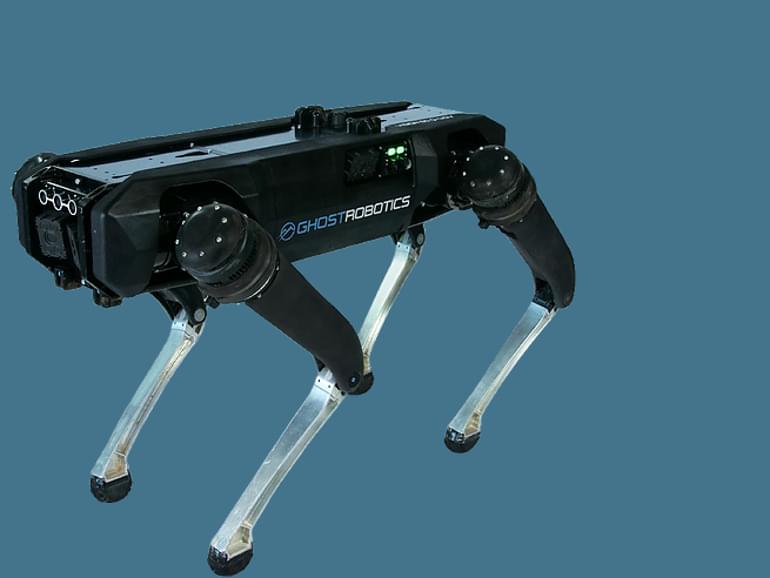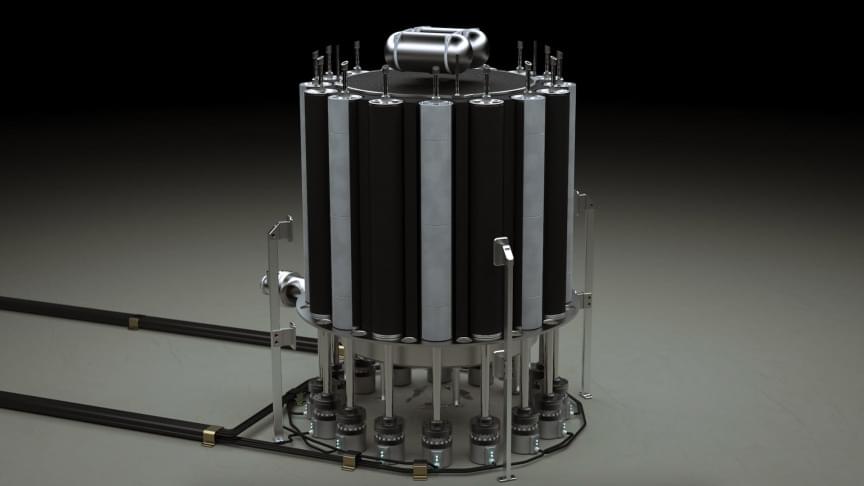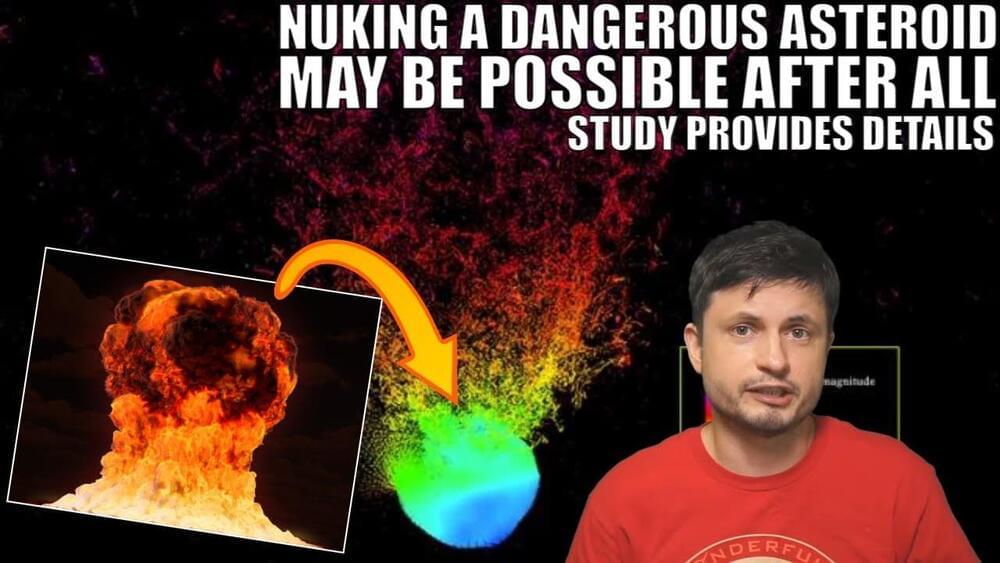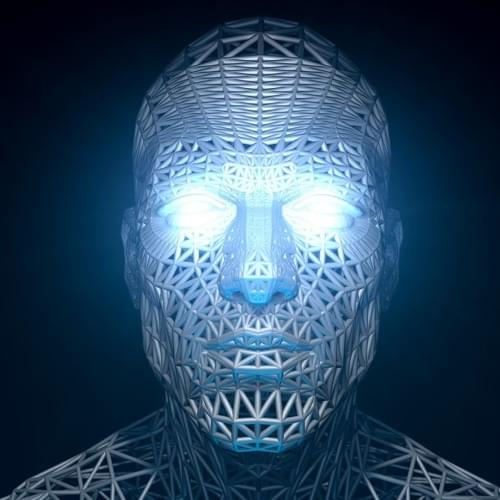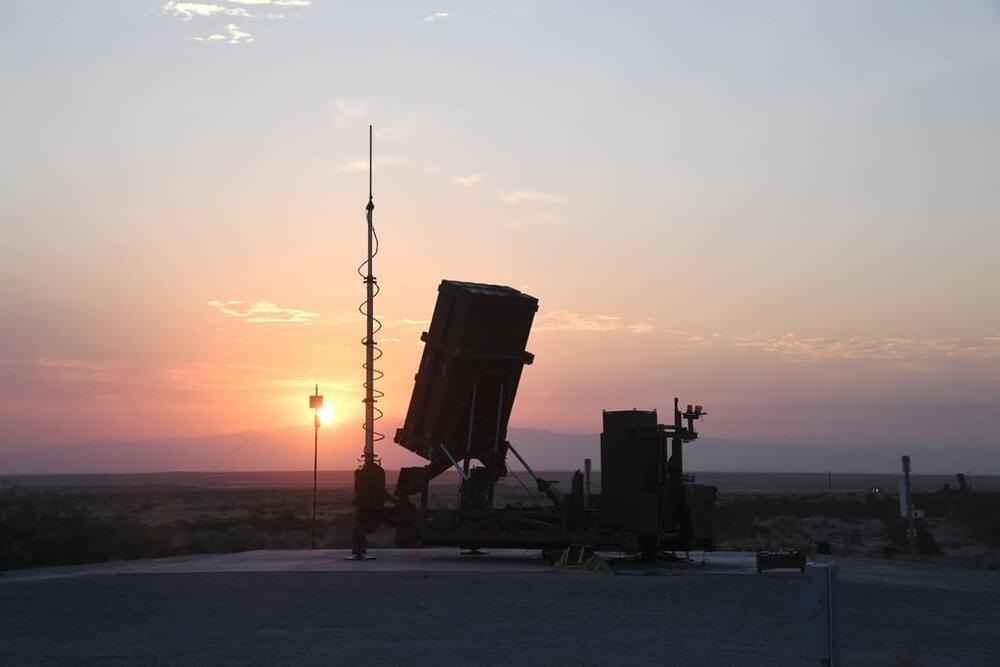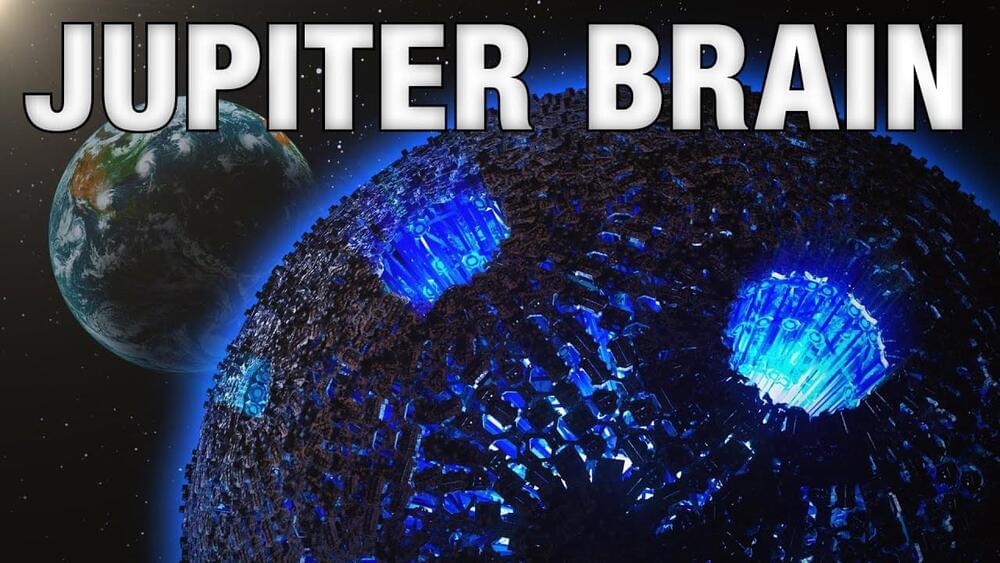At the outbreak of World War I, the French army was mobilized in the fashion of Napoleonic times. On horseback and equipped with swords, the cuirassiers wore bright tricolor uniforms topped with feathers—the same get-up as when they swept through Europe a hundred years earlier. The remainder of 1914 would humble tradition-minded militarists. Vast fields were filled with trenches, barbed wire, poison gas and machine gun fire—plunging the ill-equipped soldiers into a violent hellscape of industrial-scale slaughter.
Capitalism excels at revolutionizing war. Only three decades after the first World War I bayonet charge across no man’s land, the US was able to incinerate entire cities with a single (nuclear) bomb blast. And since the destruction of Hiroshima and Nagasaki in 1,945 our rulers’ methods of war have been made yet more deadly and “efficient”.
Today imperialist competition is driving a renewed arms race, as rival global powers invent new and technically more complex ways to kill. Increasingly, governments and military authorities are focusing their attention not on new weapons per se, but on computer technologies that can enhance existing military arsenals and capabilities. Above all is the race to master so-called artificial intelligence (AI).


